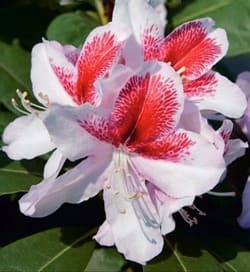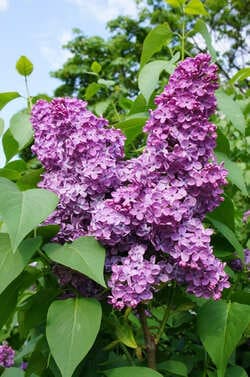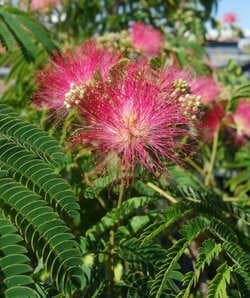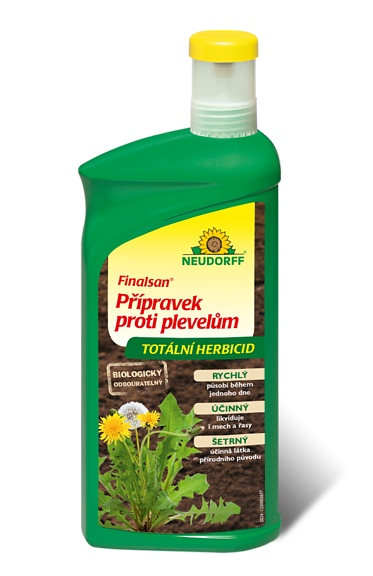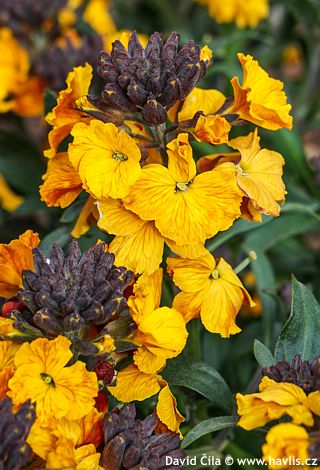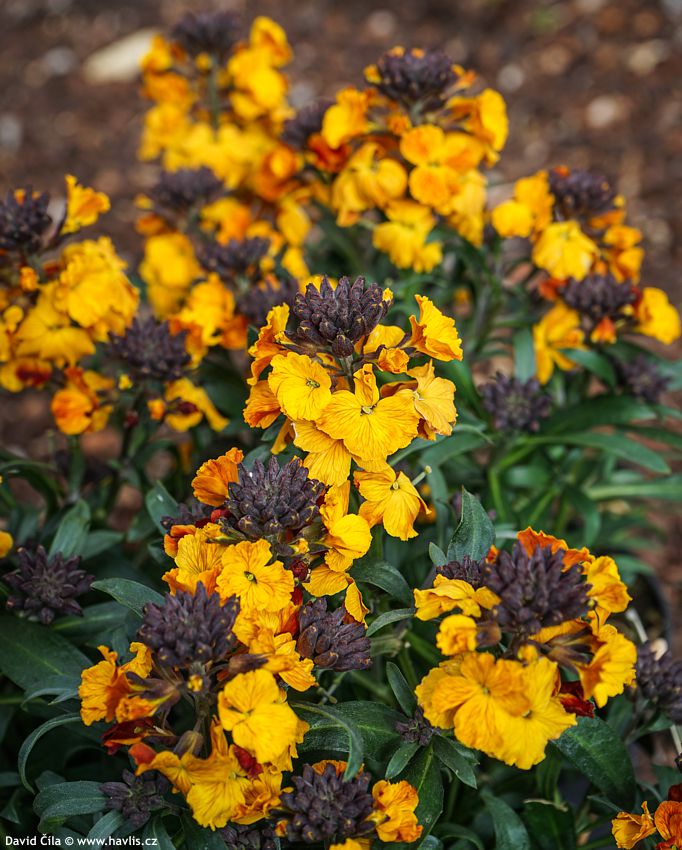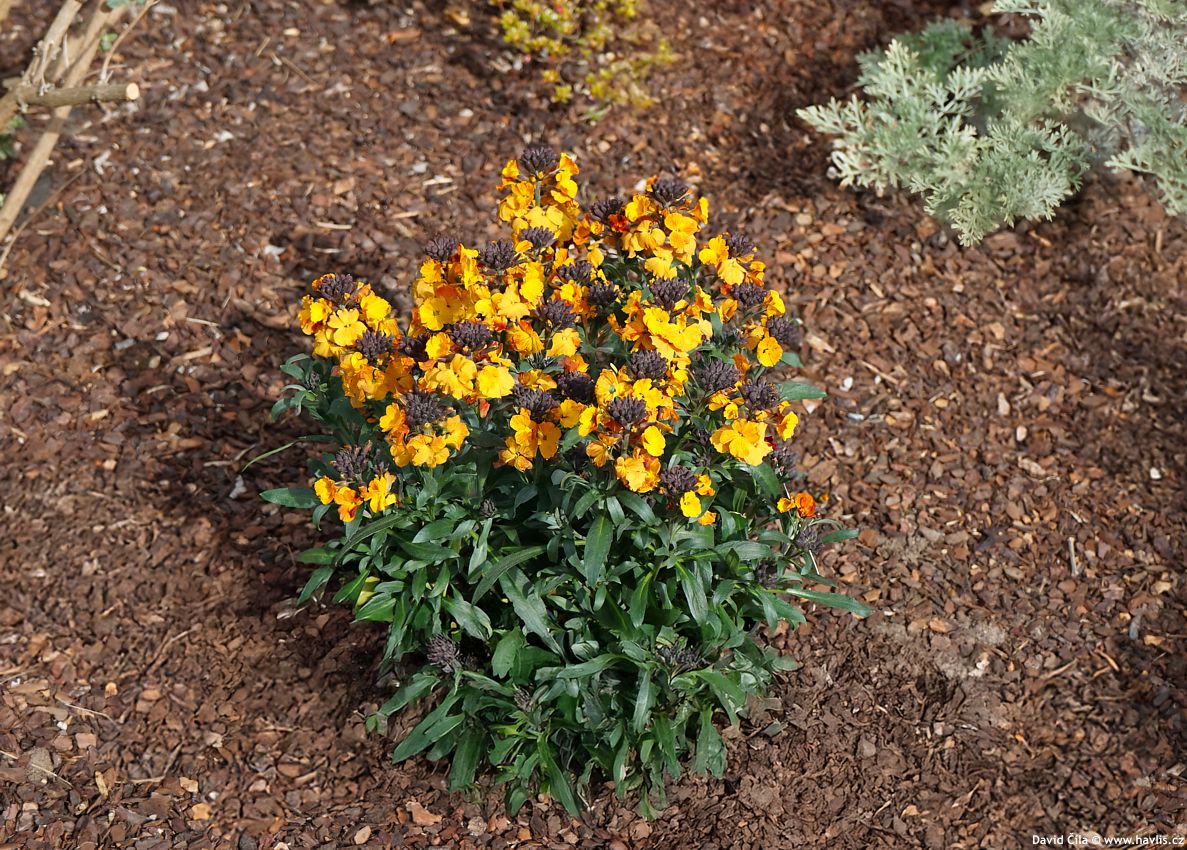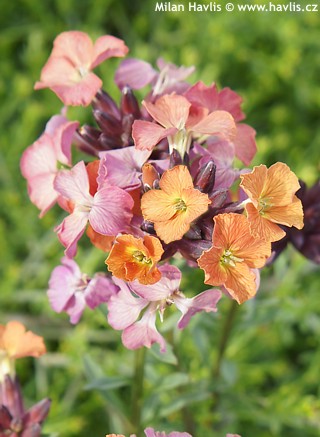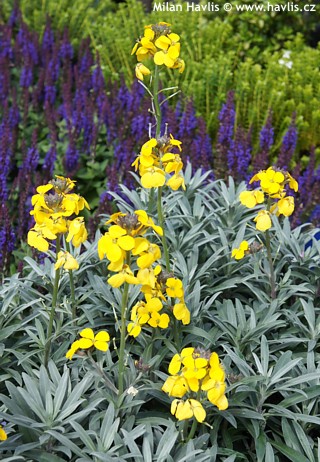Erysimum LEYA GOLDEN GLOW wallflower
Erysimum
Wallflower is an attractive genus of biennials, annuals, or short-lived perennials with semi-woody stems. It falls under the same family of brassicas as cabbage, kale, or broccoli (Brassicaceae), but it’s not edible – it’s solely for admiring, and what a sight it is! I just don’t understand why it got the English name "wallflower" as one who stands in the corner. I guarantee you that Erysimum does anything but go unnoticed. These are vividly colored plants native to southern Europe, North Africa, western and central Asia, and North America. In modern horticulture, the varieties most commonly offered are hybrids of Erysimum cheiri and Erysimum linifolium, which feature bright flowers, some even with a sweet, violet-like fragrance.
The modern series of wallflowers called LEYA is bred by the global breeding company Selecta One and currently includes more than six varieties. LEYA GOLDEN GLOW is among the brightest, always drawing attention on perennial benches in garden centers. Its flowers are deep golden yellow with striking amber to bronze hues as the blooms mature. They begin to bloom very early – as early as the end of April – and as the stems grow taller, they continuously form new buds at their tops, ensuring a prolonged blooming period lasting several months. By the end of summer, the plants can reach up to 50 cm in height. If such stems look bothersome to you, trim them back in midsummer, and the plant will produce new stems with fresh buds rising from within the clump. The leaves are narrowly lance-shaped, medium green, slightly glossy, and persist through mild winters. The entire clump with leaves is dense and compact and can triple in size during a single growing season.
During flowering, you may fertilize the plant only carefully and with organic fertilizers only. Over-fertilizing may result in spectacular blooms but can weaken the plant so much that it may not survive the winter, as it will produce an excess of seeds, thinking its life cycle is complete. It’s worth mentioning that wallflowers are short-lived perennials. Nevertheless, they are gaining popularity, as even the few years they last in a flower bed will reward you with long-lasting blooms like few other perennials can.
Wallflowers love full sun and thrive in well-drained, rather poor soil of an alkaline (lime-rich) or neutral reaction. After planting, water moderately until establishment, but later, they require no watering. In colder regions, it’s advisable to cover the plant with evergreen boughs in winter to prevent root waterlogging from snow and to protect it from hard frost. Most wallflowers, unless bred as sterile, often self-seed near the original mother plant, ensuring continuity even after the mother plant dies. Hardiness varies greatly but is most commonly listed as down to about -21 °C. (USDA zone 6).
Last update 18-04-2025












